Your menstrual cycle impacts your energy levels throughout the month, and it’s completely natural to feel energized and enthusiastic about working out on some days and having the urge to curl up with a heating pad and binge-watch Sex and the City on others. Exercising during period might be out of the question for some and a way to alleviate tension and period pain for others.
Can staying active during your period benefit your body and mind, or should you let your body rest? Today, we’re answering frequently asked questions regarding exercising on your period, discussing the best exercises for each phase, and learning about the menstrual cycle and how to navigate working out when dealing with period pain or fatigue.
Contents
Answering the Frequently Asked Questions
Can you work out on the first day of the period?
We know many of you are unsure about this, and the answer is: Absolutely! A light workout can help with period cramps and even boost your mood, but you should listen to your body and reduce intensity if you have fatigue.
Is running on your period okay?
Running can be a great way to get your heart pumping and release endorphins, but once again – it ultimately depends on how you feel. If you’re experiencing discomfort or heavy bleeding, you may want to go for a lower-impact activity.
Which day is best for a workout during your period?
There’s no one-size-fits-all answer. Pay attention to your energy levels and symptoms throughout your cycle, and adjust your workouts accordingly.
Is it normal to feel low energy during your period?
Yes, it’s completely normal. Your body is working hard during this time, so it’s okay to scale back on your workouts and take time for rest and self-care.
Can you burn more calories on your period?
It’s a common belief that you might burn more calories during your period, but the science behind it isn’t crystal clear. Some studies suggest that you burn a bit more due to hormonal fluctuations and increased use of energy from period-related symptoms like cramps. However, the difference is likely small and may not be noticeable in your daily life. So, while your body might be working a little harder during your period, don’t expect a significant calorie-burning boost.
Understanding the Menstrual Cycle
The menstrual cycle typically lasts about 28 days, but a cycle lasting anywhere between 21 and 40 days is still considered normal. It consists of four phases: menstruation, the follicular phase, ovulation, and the luteal phase. Each phase impacts your mood and your overall condition.
Menstruation
The first day of menstruation marks the start of your menstrual cycle. This is the phase in which you’re bleeding. During this phase, estrogen and progesterone levels are low so you should rest, meaning it’s perfectly okay to take it easy. It is also normal to feel fatigued and experience cramps during this phase.
If you’re experiencing discomfort, fatigue, or cramps, gentle exercises like walking or yoga can help relieve them and improve circulation without overexerting yourself.
If you’re not in the mood for walking or yoga, period stretches can be a lifesaver when you’re dealing with cramps and discomfort during your period. They are all about gently stretching and releasing muscle tension, especially in your lower back and abdomen. Simple movements like reaching for your toes, doing a gentle twist, or leaning against a wall for back and hip stretch can provide much-needed relief. Also, by focusing on slow, controlled movements, you can help improve circulation to the pelvic area, which can help with period pains.
Follicular Phase
Following menstruation comes the follicular phase in which your estrogen levels begin to rise, and you might notice an increase in energy and motivation. This is a great time to engage in activities that you enjoy and that challenge you, whether it’s strength training, running, or cycling.
With the mentioned rise in estrogen levels, you may feel stronger and more energized, and this can be a great time to hit the weights and focus on building muscle. By understanding how your menstrual cycle affects your body, you can tailor your strength training routine to work with natural changes within your body. This will help you get the best results and minimize the risk of injury.
Ovulation
The third phase starts around mid-cycle, and this is the time when your body releases an egg. During this phase, energy levels tend to peak, making it an ideal period for intense exercises. Now, you can take advantage of your peak energy levels and incorporate high-intensity interval training (HIIT), running, or swimming into your routine.
Luteal Phase
The last phase is the luteal phase, in which estrogen levels fall. For that reason, you may start to feel more tired, lack energy, or, on the contrary – have bursts of energy. During this phase, you might want to tone down your exercises. Great examples are low-impact exercises such as Pilates, light jogging, or gentle stretching that can help reduce stress and alleviate PMS symptoms. Research suggests menstruating people fatigue faster from intense workouts in the later part of their cycle. We suggest not pushing yourself or your body and going at a steady, consistent pace.
For those experiencing symptoms of PMS (premenstrual syndrome) such as mood swings or bloating, exercises like yoga or tai chi can provide relief, help you to relax and reduce tension.
Listening to Your Body
We cannot emphasize this enough, but it’s essential to listen to your body throughout your menstrual cycle. We know that keeping a workout routine is important – especially when you want to build a habit around it, but If you’re experiencing severe pain or fatigue, it’s okay to skip your workout, opt for something more gentle or simply rest. Pushing yourself too hard during your period can lead to the opposite of the wanted results and cause burnout or even worsen the symptoms.
Finding a balance between staying active and comfortable is key. By understanding your menstrual cycle and choosing appropriate exercises for each phase, you can support your physical and mental well-being throughout the month. And remember: your body knows best!


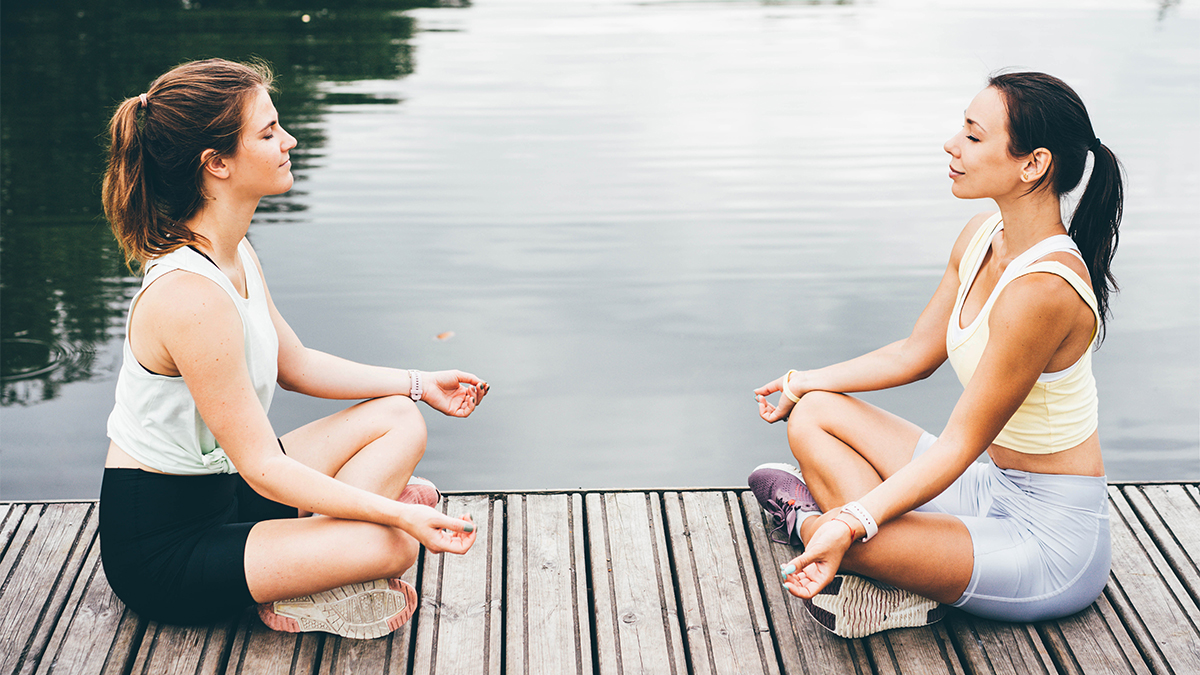
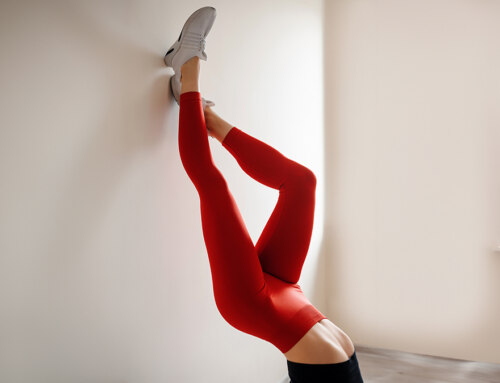
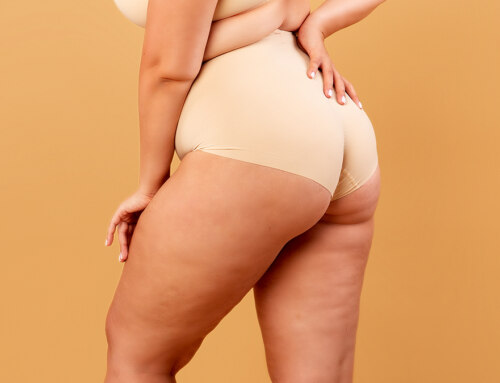

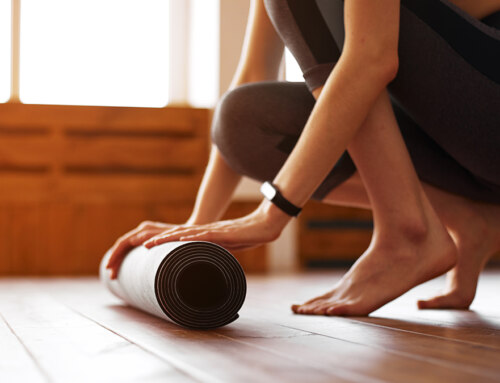


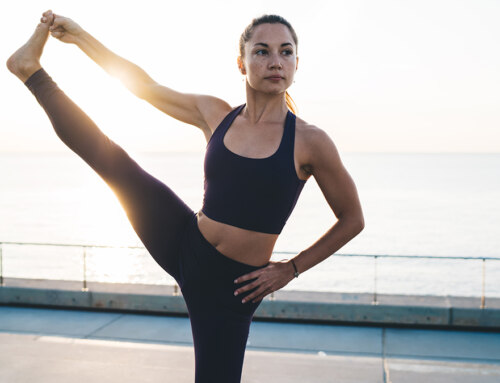

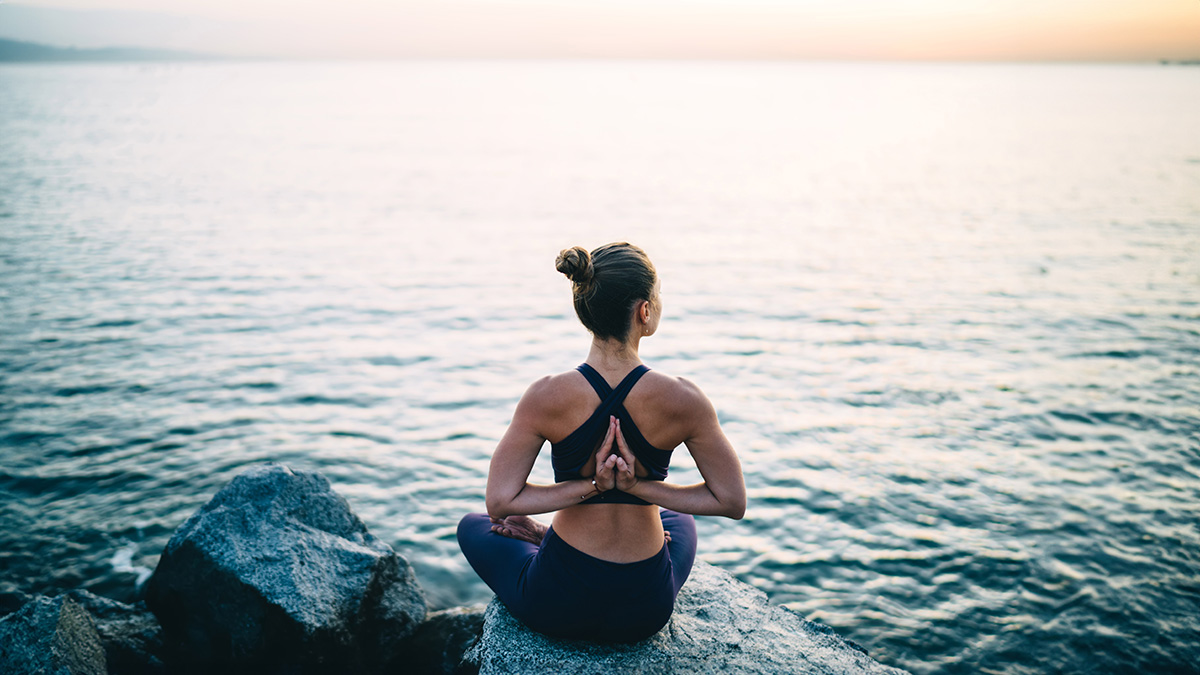

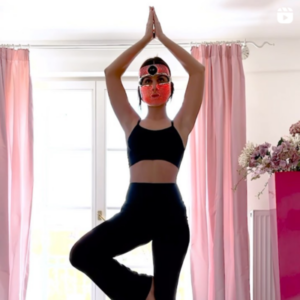


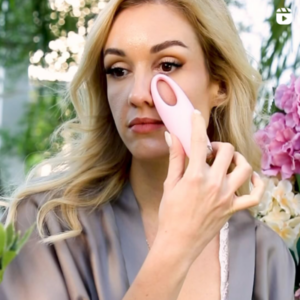

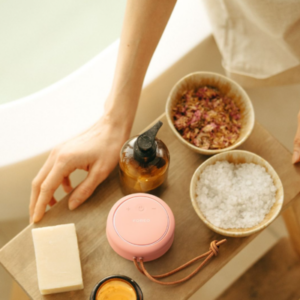


I personally always go for it as it makes me feel less stressed, less murderous and generally better!
Dear Siobhan,
Thank you for sharing your secrets!
That is amazing, keep it relaxed and stress free. :)